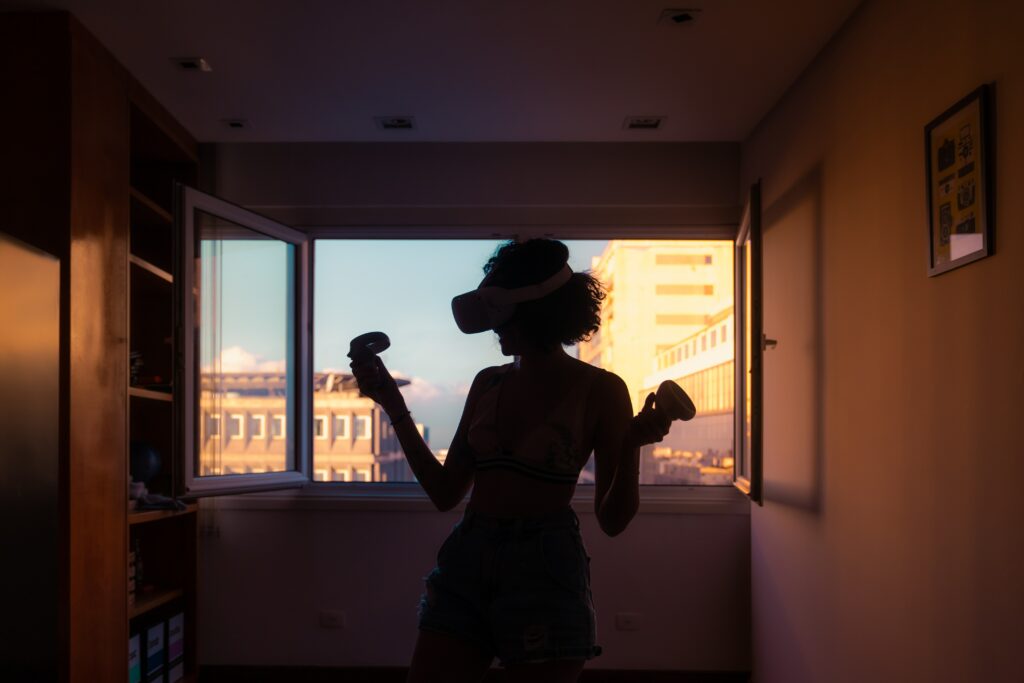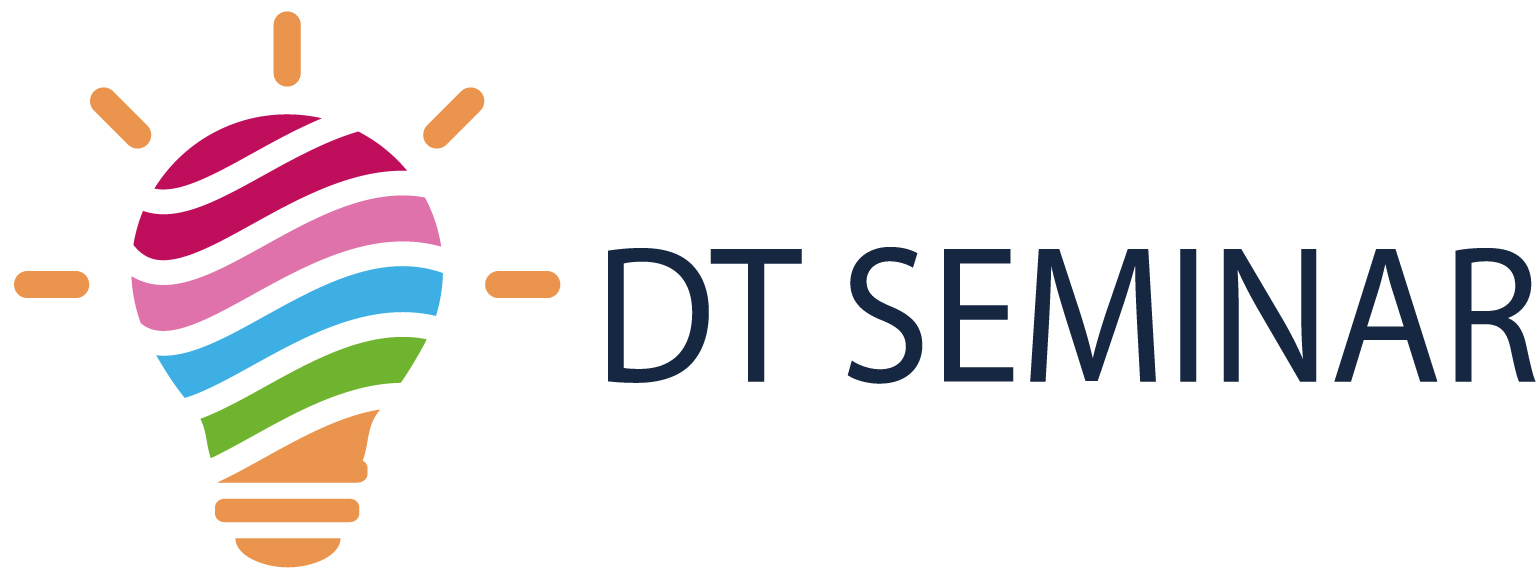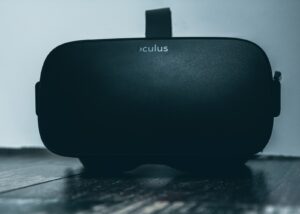Virtual Reality can be separated into two terms. “Virtual” and “Reality” there the term “virtual” can be defined as not physically existing as such but made by software to appear to do so and “reality” as the state o things as they actually exist, as opposed to an idealistic or notional idea of them. So virtual reality tries to create an illusion of the real world by using software and hardware.

In this article, we want to present you with different use cases of virtual reality and how this technology can help us.
VR in Education
VR is a great place to interact with the three-dimensional environment. Thus, teaching and learning situations can be created where the user needs to solve the issue by interacting with the three-dimensional environment. Medical students can perform surgery or engineers can work on car models to learn real difficult real-world situations.
It is also great to experience different places and eras, e.g. taking a virtual field trip to a museum or Mount Everest (which you can rarely do without practice and financial resources in our world).
So VR is a great opportunity to train and learn in different environments for real-world applications.
Conferencing in VR
If you don’t like sitting in a chair and talking with other people about prototypes or ideas, VR might be a great solution to bring digital workers together. Rather than seeing the other person on a screen, you will be able to feel as if you are in the same room with them (though you are miles away). It is a great experience because you can interact with each other and talk about or present your creative ideas in a fun environment. In our seminar, we tried different apps, like Mozilla Hub and Spatial, and it is more exciting than looking at a screen. The benefits are that everyone is more active in the current situation and it is easier to create a sense of belonging to a group.
VR & Design Thinking
During our VR experience, we became familiar with virtual reality and learned how to use the available tools in a VR boardroom environment. We developed an outline of the stages in the design thinking process and pushed the app’s functions to their limits. Especially brainstorming and creating ideas in the “ideate phase” worked well. Converting your thoughts to a three-dimensional environment that you can interact with is amazing and a great way to show other your ideas.
These use cases are only an example of what is possible in virtual reality. We excited to see where the technology will go in the future and how it will redefine collaborative work and design thinking. In particular, accurate hand-tracking without the use of a controller will make a big difference in the future.
(Read more about VR topics: Oculus or Spatial)



